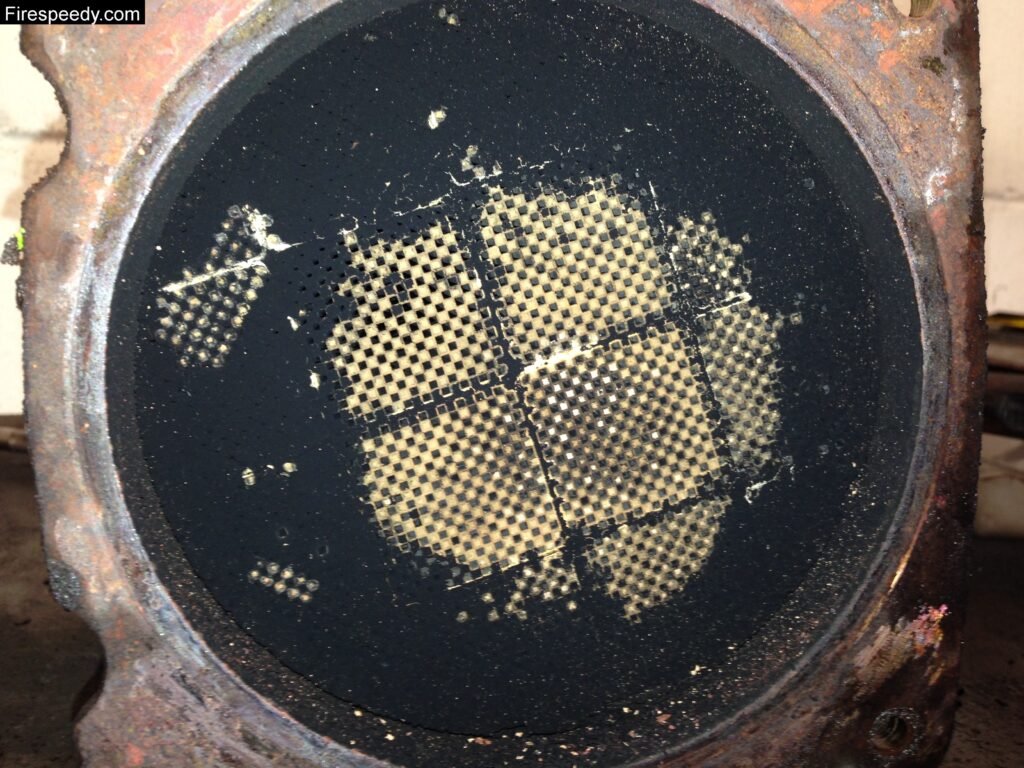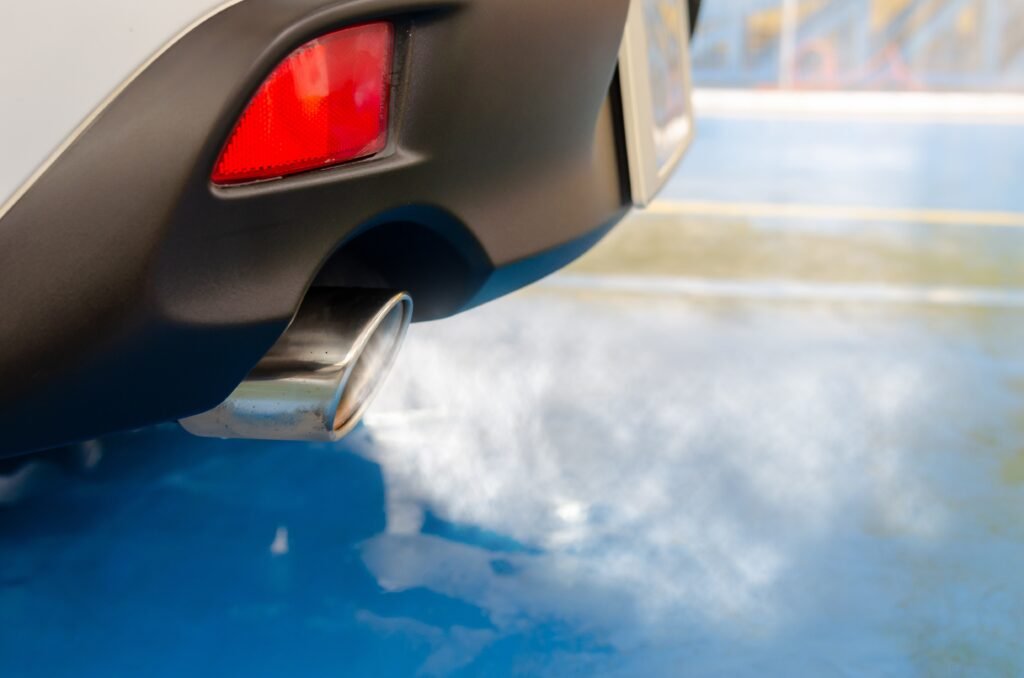The particulate filter is a very important part of your diesel car. If your diesel car comes from 2006 or was launched after 2006, it should have a particulate filter. The particulate filter is also known under the name DPF, this abbreviation stands for diesel particulate filter. The filter is located in the exhaust system of the engine. It is intended that filters small soot particles from the exhaust gases. This is obviously a lot better for the environment.
Table of Contents
Regenerate particulate filter
A new soot filter is full of soot particles after about 1000 kilometers. The soot must then be burned, which we also call regeneration. Special techniques are used for this. Soot only burns at a minimum temperature of 550 degrees, this temperature is never reached under normal circumstances. With some brands, you can use Eolys.
See also: What Does an Air Filter Do For a Motorcycle?
This is a liquid that lowers the combustion rate to 450 degrees. In addition, there are also brands that inject extra diesel fuel to raise the temperature in the filter to 650 degrees. The burnt soot turns to ash. After a long time, this ash can cause a blockage. You then have the choice of cleaning the particulate filter or having it replaced.
The lifespan of a particulate filter
It is difficult to name an exact lifespan. The lifespan is very dependent on your driving style. A car that is only used for short journeys is more likely to have a clogged particulate filter. This is because he has to regenerate more often due to the short distances. During short journeys, the engine does not reach the correct temperature. This creates more pollution. In general, we can say that a particulate filter lasts approximately 100,000 to 180,000 kilometers.

How do you recognize a clogged particulate filter?
Of course, there is the particulate filter light that can light up on the dashboard. Does your car not have such a light? Then the engine management light comes on. You can also notice it from other symptoms. Such as increased fuel consumption and a stuttering car.
DPF Cleaning or DPF replacement?
The answer to this question is quite simple. Always opt for DPF cleaning first, as replacing the particulate filter is very expensive. This is because the filter is in a difficult-to-reach place. A mechanic will therefore write down many hours. Often it is not even necessary to replace the particulate filter, but it is done anyway. This is because of course the mechanic can earn a lot of money with it. For example, the differential pressure sensor of the soot filter may be defective. That way he can no longer regenerate. So do not go directly to the garage, but try to clean the filter first.
What you can use to clean the DPF?
For example, if you only use your car to do your shopping, we understand that you do not travel long distances. You are not going to drive a long distance on the highway for nothing. Fortunately, you can use a gasoline additive to clean the particulate filter and thus keep it in good condition. A good example is Lindemann Diesel Boost. This additive not only cleans but also protects. It is also suitable for the turbo, EGR valve, and fuel system.
See also: Everything You Need to Know About Honda Civic Key Fob Battery
The liquid causes an increased cetane number. This ultimately ensures optimal combustion. This will reduce the formation of soot and keep the filter clean for longer. The additive first goes past the turbo, the EGR, and the intake system, so these parts also come into less contact with soot.
Continue driving with a clogged particulate filter?
It is possible, but not wise if you want to use your car for a long time. It can cause many malfunctions in the long term, partly due to internal pollution. The car can go into emergency mode, so it has less power. Given today’s high fuel prices, it is also not so wise. A clogged particulate filter also increases fuel consumption. Driving is good if you use a special gasoline additive, which should facilitate regeneration. Make sure you take a long ride with a speed of over 70 kilometers per hour.

